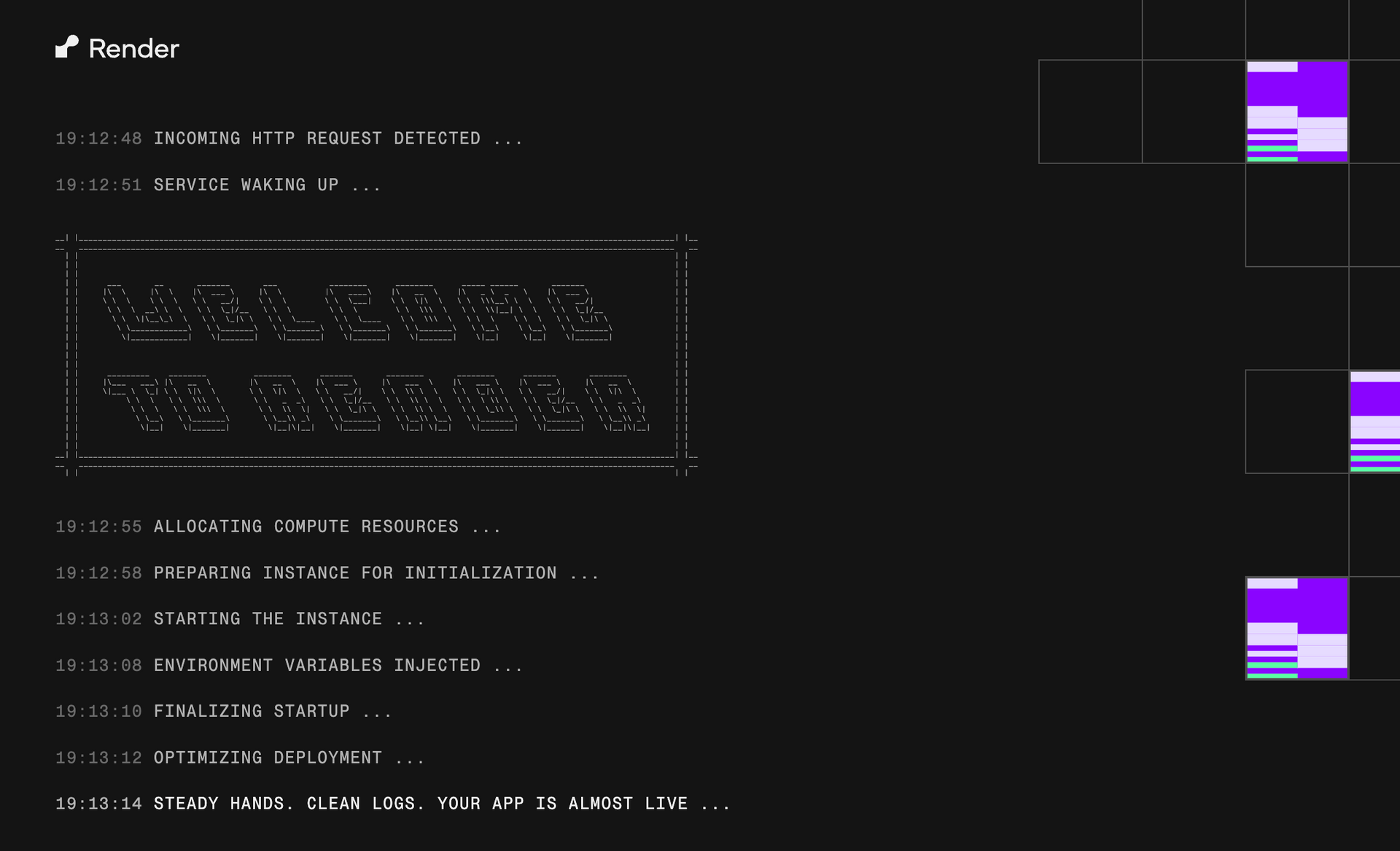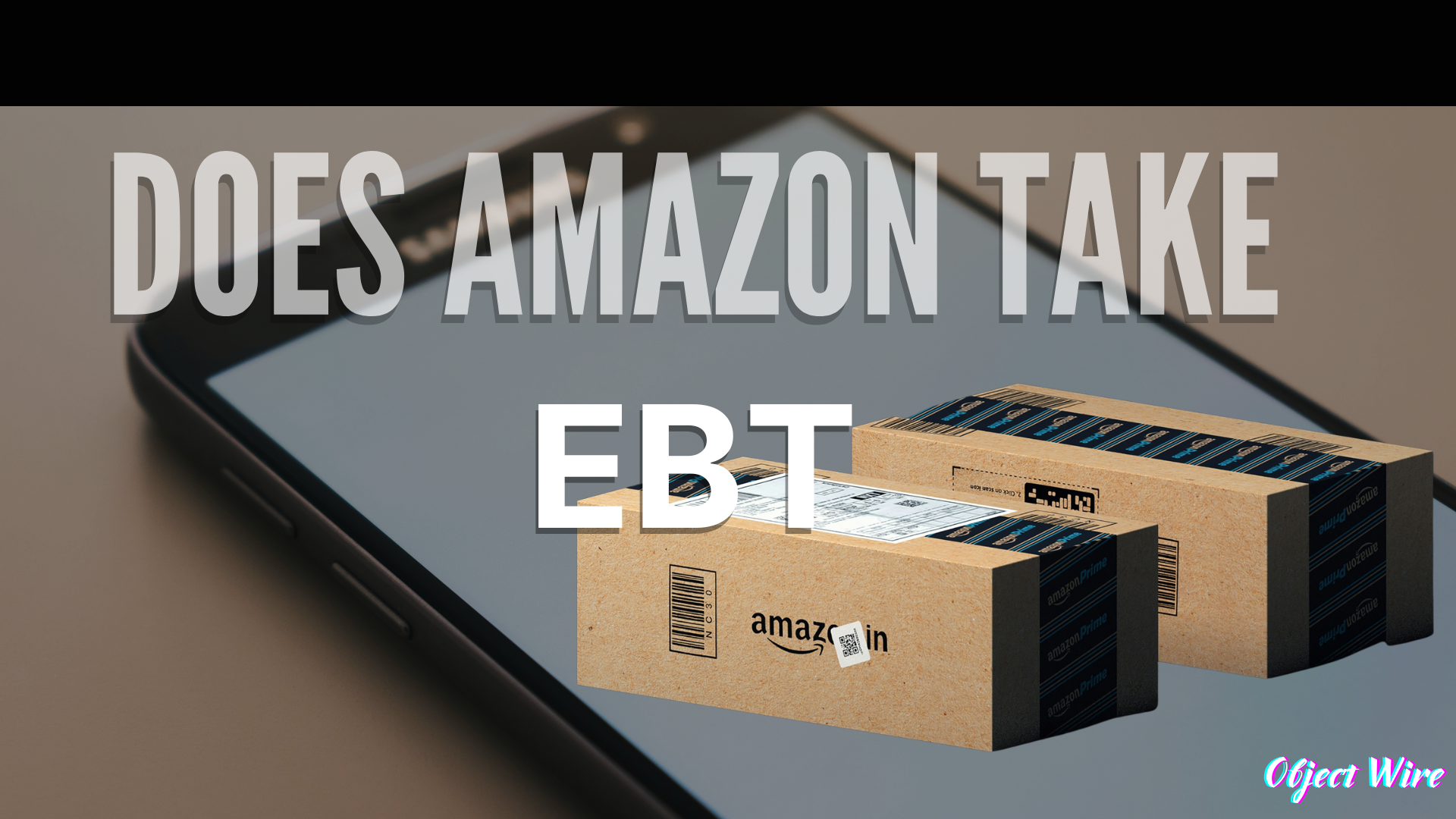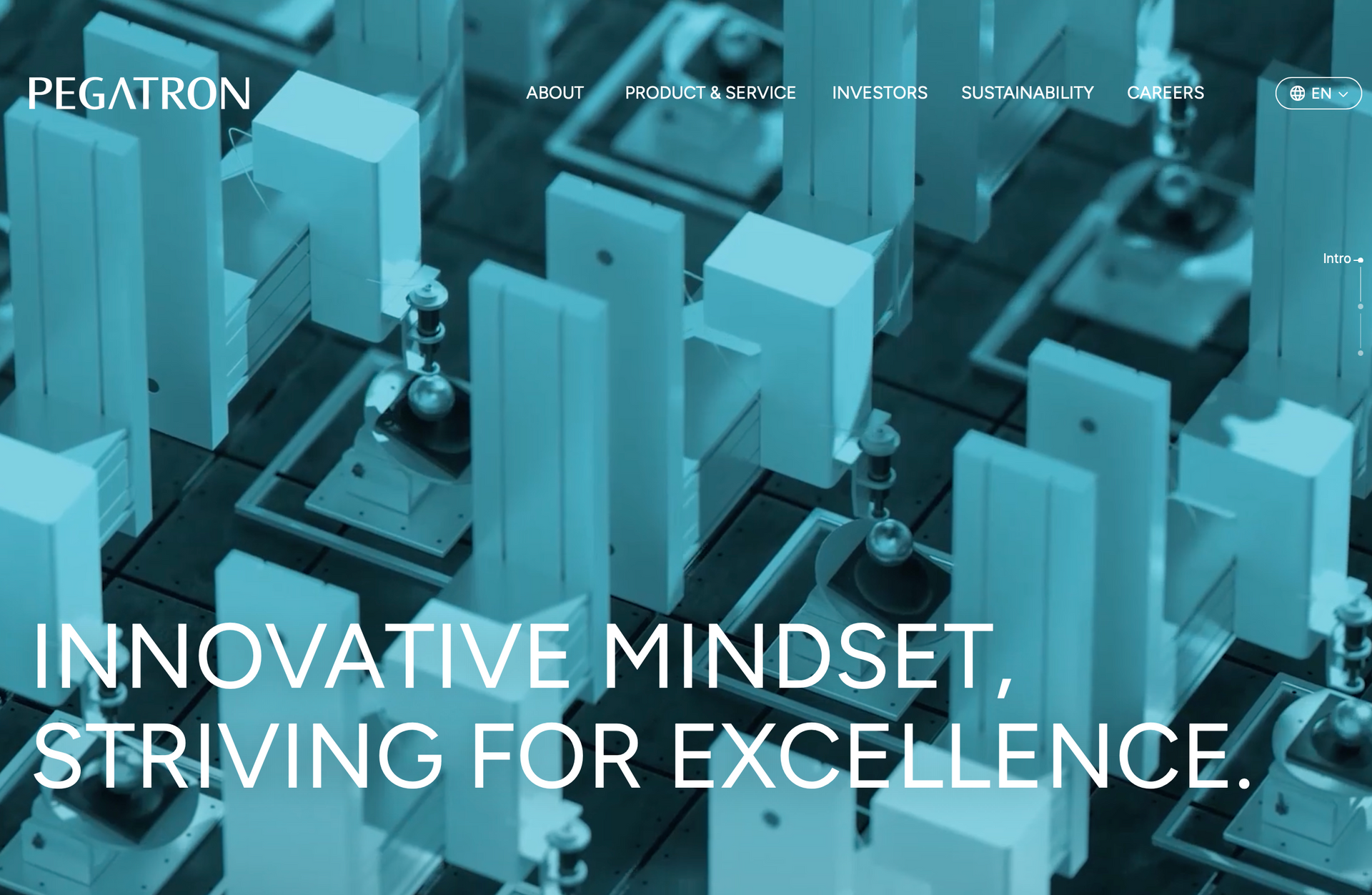Open Source License Violations in Austin’s Tech Ecosystem: Risks, Real Cases, and Compliance Realities
Austin’s tech scene—home to 6,000+ startups and 150,000 tech workers—runs on open source. GitHub reports that 97 percent of commercial codebases contain open source components, with Austin-based repos averaging 1,200 dependencies per project in 2025. Yet a single mismatched license can trigger seven-figure damages, as seen in multiple local enforcement actions over the past three years. What starts as a copied snippet from a public repository can escalate into federal copyright claims, especially when GPL code appears in proprietary SaaS products distributed nationally.
That is the most common point of confusion, and you've hit on the exact reason this is a "landmine."
You are right about one thing: All open source software can be used in a commercial way.
But "open source" does not mean "no rules" or "do whatever you want."
"Open source" simply means the source code is available for you to see, modify, and use. The
license is the set of rules that tells you how you are allowed to use it.
Think of it this way:
- A public park is "open" for anyone to use.
- But the park still has a license (the rules on the sign): "No grilling," "No music after 10 PM," "No-entry-to-this-area."
The open-source license is the "rules on the sign."
The Two Types of "Rules" (Licenses)
This is where the problem starts. There are two main types of open source licenses, and they have very different rules for commercial use.
1. The "Do Whatever You Want" License (Permissive)
- Examples:
MIT License, Apache 2.0
- The Rule: "You can use our code in your commercial, closed-source product. We don't care. Just give us credit somewhere in your files."
- Result: This is what most people think open source means. It's safe, easy, and has no "landmine."
2. The "Landmine" License (Copyleft or "Viral")
- Examples:
GPL
- The Rule: "You can use our code... BUT... if you use our code in your product, your product must also be made open source, with the exact same license. You must share your entire source code with the world, for free."
- Result: This is the "landmine."
That article is describing a company that built a multi-million dollar, proprietary app. A developer then copied in one small piece of GPL code (the landmine).
The moment they sold that app, they "stepped on the landmine" and violated the license. Now, the original creator of that small GPL code can sue them and legally force them to either:
- Pay millions in a settlement, or...
- Make their entire multi-million dollar app's source code public and free for everyone, completely destroying their business.
Common Violations That Hit starups fast and hard
The most frequent violations in Austin involve copyleft contamination and failure to provide source code. When developers pull in GPL-2.0 or AGPL-licensed libraries—common in data-processing tools—and ship them inside closed-source applications, the viral nature of these licenses demands full source disclosure.
Local enforcement has targeted everything from seed-stage startups using Redis modules under the old BSD license to Series B companies embedding MongoDB SSPL code without realizing its source-available restrictions trigger similar obligations.
Enforcement Cases and Settlement Figures
Successful Austin companies treat open source compliance as engineering infrastructure rather than legal overhead. Leading practices include implementing automated scanning in CI/CD pipelines—tools like FOSSology and ClearlyDefined now catch 92 percent of violations before production deployment when properly configured. Local giants like Indeed and National Instruments maintain dedicated open source review boards that approve every new dependency, a model that has reduced their violation incidents to near zero.
The difference between thriving startups and cautionary tales comes down to recognizing that free code is never actually free—it simply shifts costs from dollars to diligence. In a city that moves at Austin speed, building compliance into the foundation from day one remains the only sustainable path forward.









